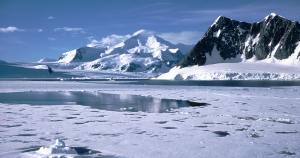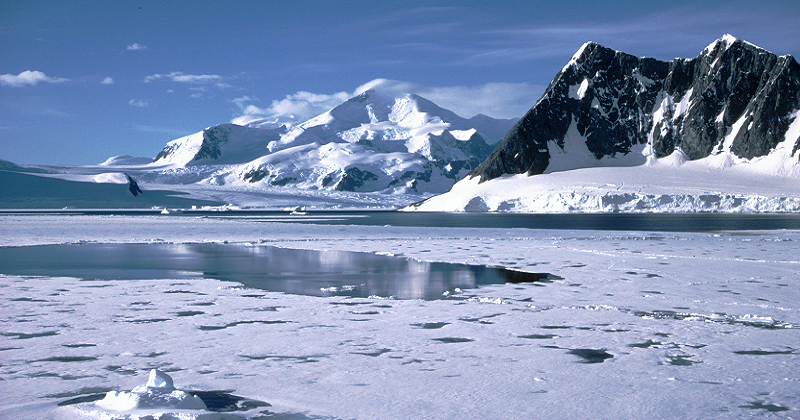
NASA Reveals Why Antarctic Sea Ice Continues To Rise While Arctic Sea Ice Melts
Sea Ice that is surrounding the frozen continent of Antarctica has stubbornly refused to go back of the suit. The record from 2012 to 2014 says ice is at high extent in Antarctica wintertime. Then it returns to average levels in 2015. Without the water temperatures in the southern ocean have been increasing.
“The planet as a whole is doing what was expected in terms of warming. Sea ice as a whole is decreasing as expected, but just like with global warming, not every location with sea ice will have a downward trend in ice extent,” Parkinson said.

The mystery would be solved by this time keeping in mind the two persistent geological factors such as the topography of Antarctica and the depth of the ocean surrounding it are showing its influence on winds and ocean currents.
“Part of it is just the geography and geometry. With no northern barrier around the whole perimeter of the ice, the ice can easily expand if conditions are favorable,” he said.
“There hasn’t been one explanation yet that I’d say has become a consensus, where people say, ‘We’ve nailed it, this is why it’s happening. Our models are improving, but they’re far from perfect. One by one, scientists are figuring out that particular variables are more important than we thought years ago, and one by one those variables are getting incorporated into the models,” Parkinson said.
“Its really not surprising to people in the climate field that not every location on the face of Earth is acting as expected – it would be amazing if everything did,” Parkinson said.
He also said, “The Antarctic sea ice is one of those areas where things have not gone entirely as expected. So it’s natural for scientists to ask, ‘OK, this isn’t what we expected, now how can we explain it?’”
“Our study provides strong evidence that the behavior of Antarctic sea ice is entirely consistent with the geophysical characteristics found in the southern polar region, which differ sharply from those present in the Arctic,” said Nghiem.